Lessons From A Tree
By Carree M.
Nature is always presenting us with opportunities to learn if we take a moment to fully absorb these gifts. While the Bay Area and many communities are under shelter in place directives, it may seem that we have been completely cut off from nature. That being said, as an avid nature lover and photographer, making a concerted effort to remain indoors is taking a lot of adjustment.
I live in a building with limited outdoor space, save a small patch of grass and one magnificent tree which someone with a whole lot more knowledge helped me identify as a Brush Cherry (Syzygium paniculatum). What is so magnificent about this tree? It attracts multiple species of birds and produces beautiful red berries. It is through this tree that I’ve honed my knowledge of visual and audio bird identification. I appreciate the education even when the birds come calling early in the morning before I had planned to wake up.
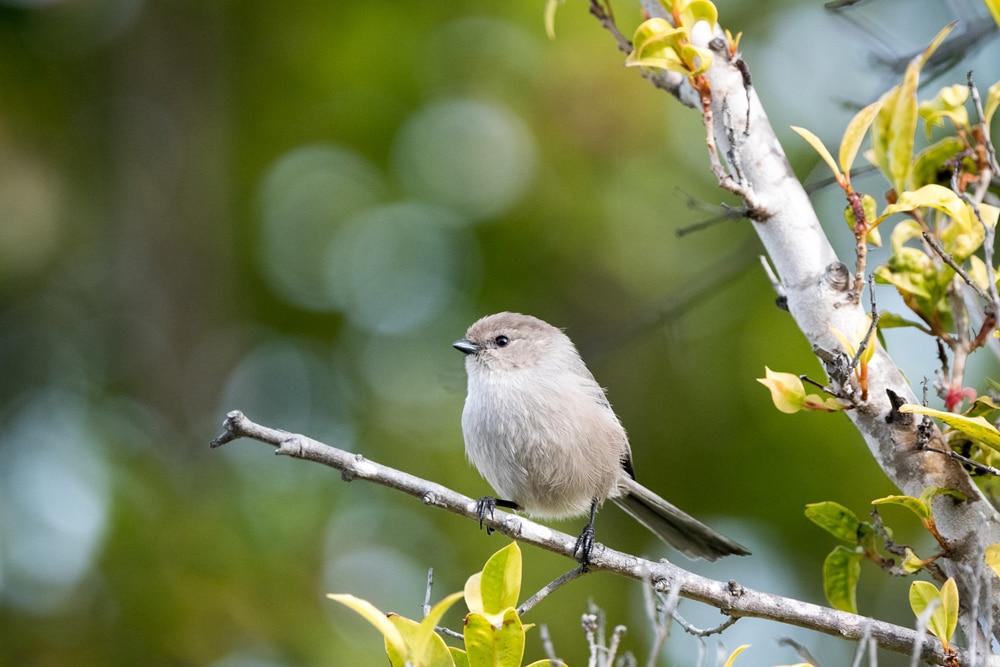 Bushtit
Bushtit
Bird Journaling
A few months back, I started a bird journal to take notes on the birds that visit the tree and their behavior. Coincidentally, the pattern on the journal cover resembles tree rings in an abstract way, so that worked out nicely. I also use this journal to record sightings of birds, mammals, etc. when out on trails and walking around my neighborhood. I find this to be a therapeutic tactile experience in this digital world. I now have a record of resident birds and those that stop in for a rest on their seasonal migration. I’ve gotten to “know” the Anna’s Hummingbird who has taken ownership of the window feeder and the House Finch that enjoys stopping by to test out his songs.
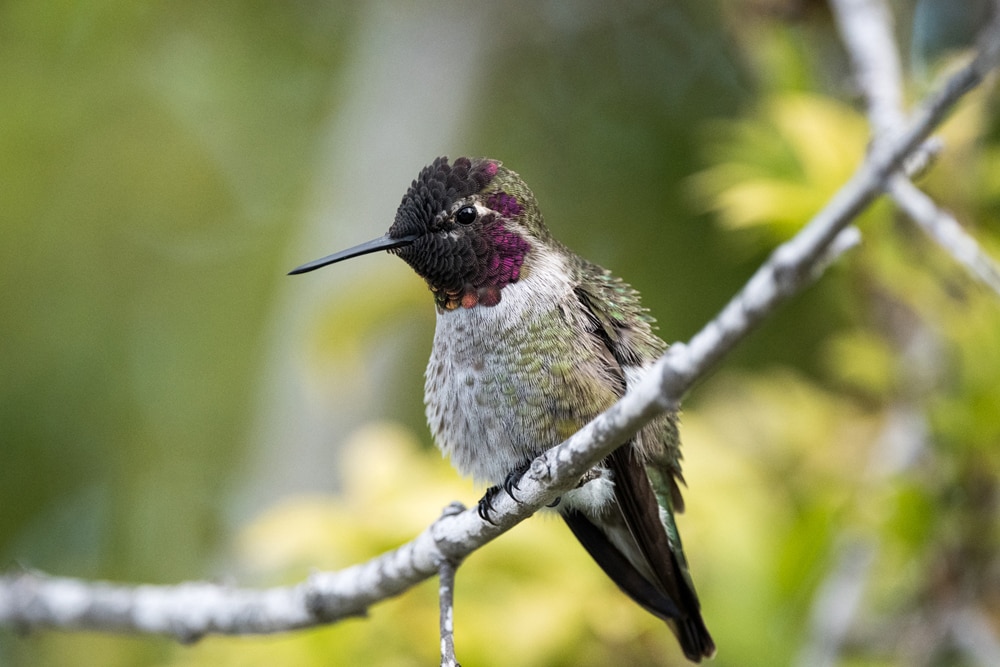 Anna’s Hummingbird
Anna’s Hummingbird
Due to the relatively small sample size of the birds who stop in I’ve gotten good at identifying calls and songs to the point of not needing to look outside to see who is out there. I still look though because I can’t say no to that. I know when the Bushtits and Ruby-crowned Kinglet are out there being their spazzy insect-hunting selves. I know when the Cedar Waxwings make their seasonal appearance via flash mobbing the tree as their soft seesaw noise is distinct as well as hearing the telltale “plopping” sounds of dropped berries hitting the ground. Other visitors include: Townsend’s Warblers, Dark-eyed Juncos, Yellow-rumped Warblers, Robins, California Towhees, Scrub Jays, Black Phoebes, Chestnut-backed Chickadees, Mourning Doves, one hawk that I failed to identify that was on the roof of the building next door (major fail on my part and still kicking myself for not looking in time).…

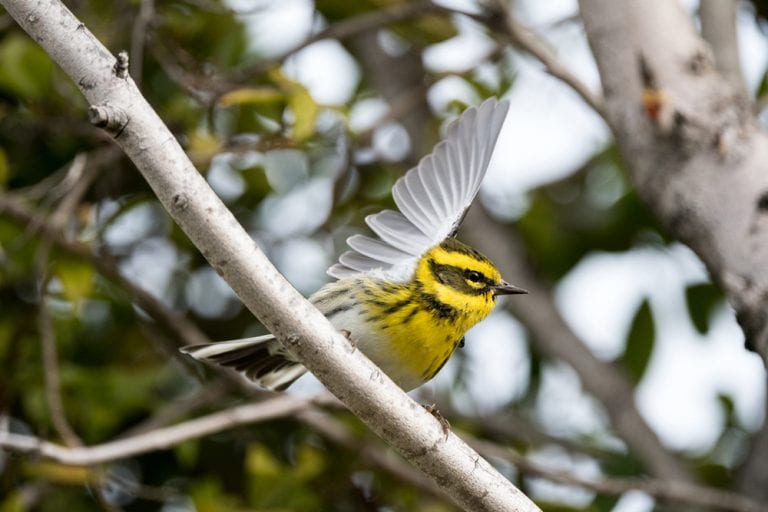
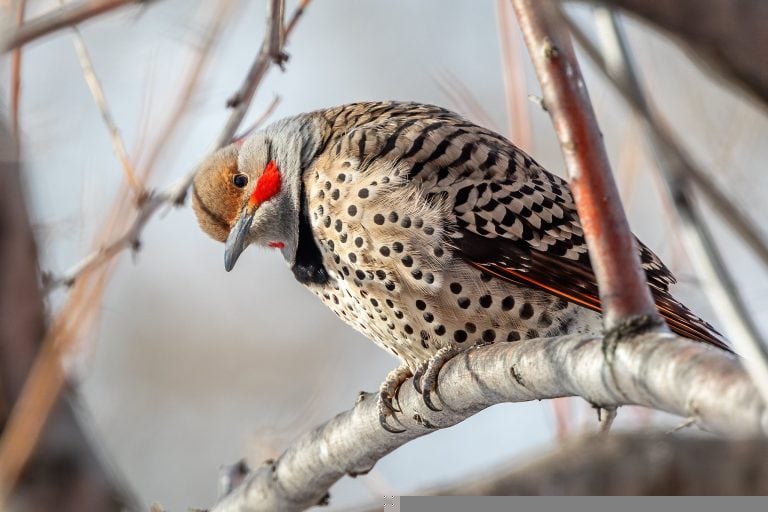
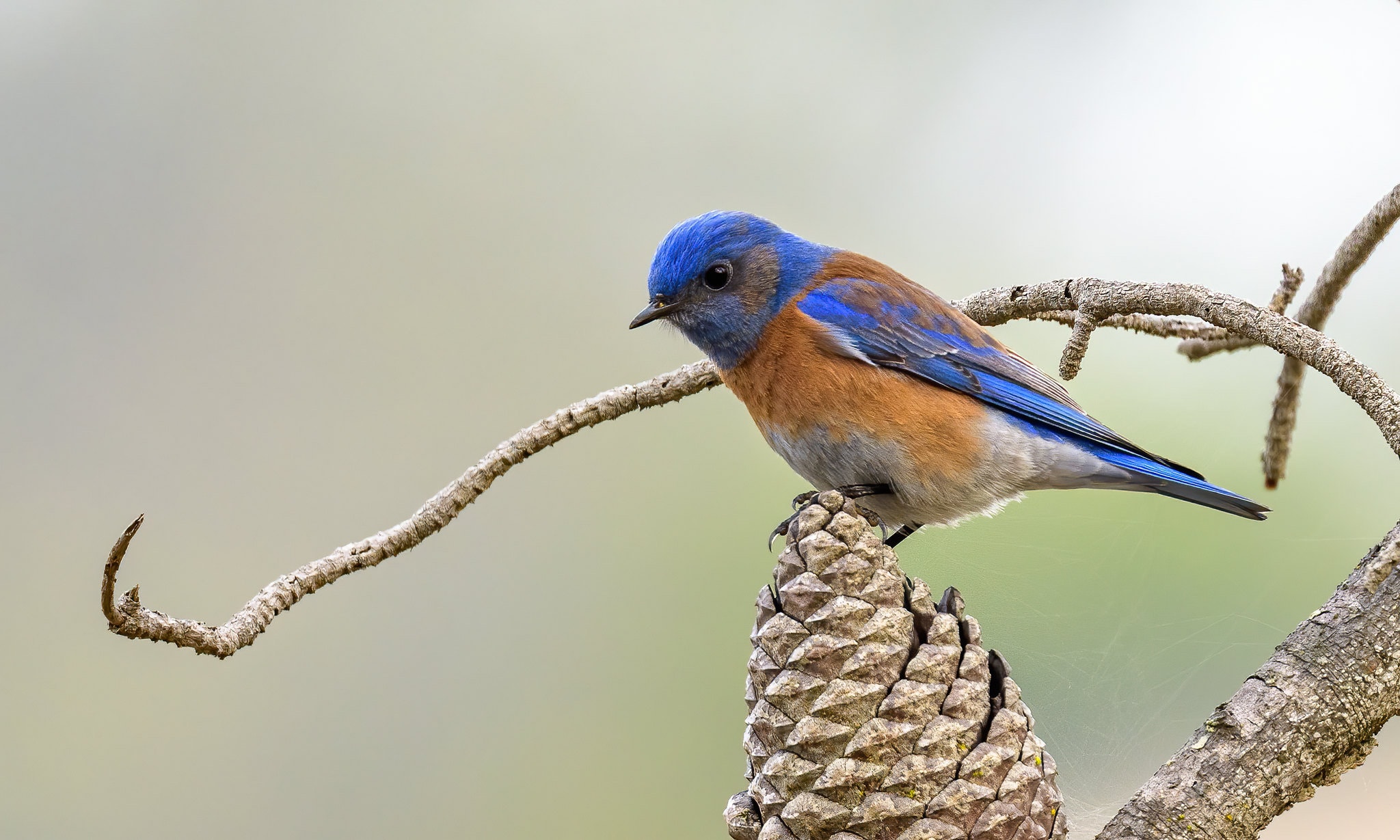 Western Bluebird by Becky Matsubara
Western Bluebird by Becky Matsubara
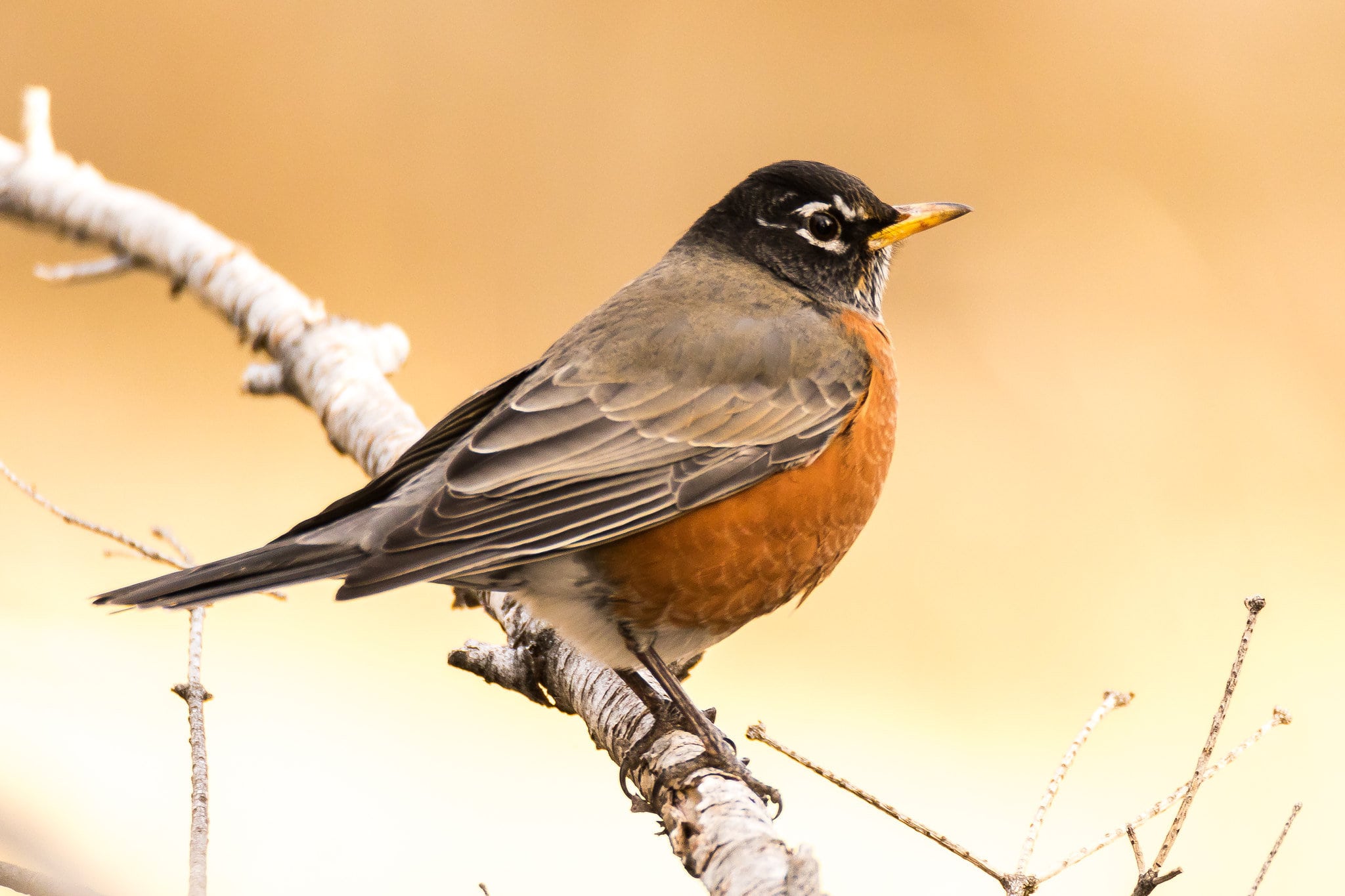 American Robin by Mark Heatherington
American Robin by Mark Heatherington
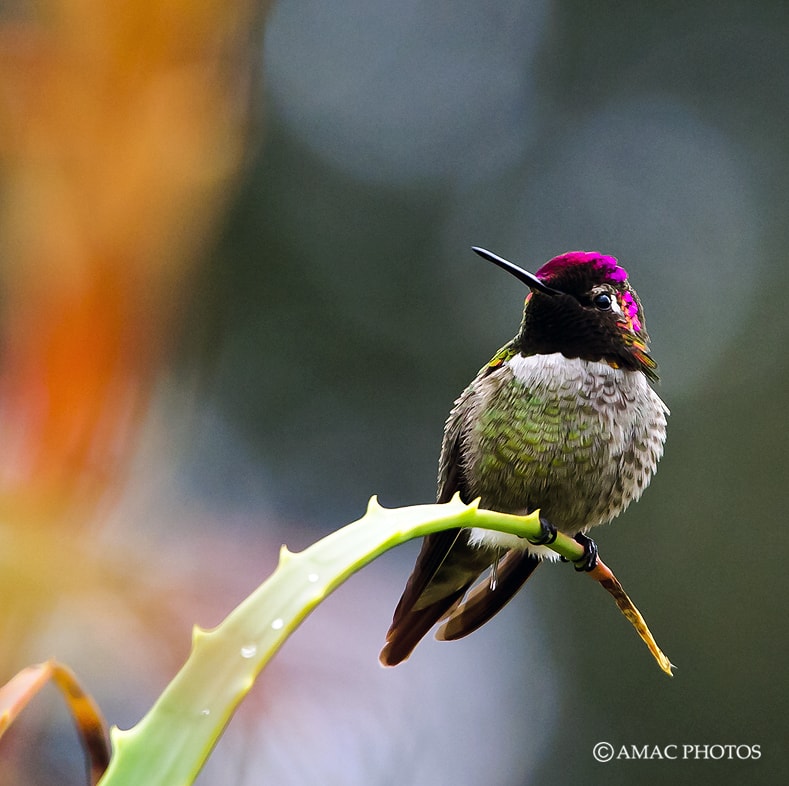 Anna’s Hummingbird by Edmund Wu
Anna’s Hummingbird by Edmund Wu
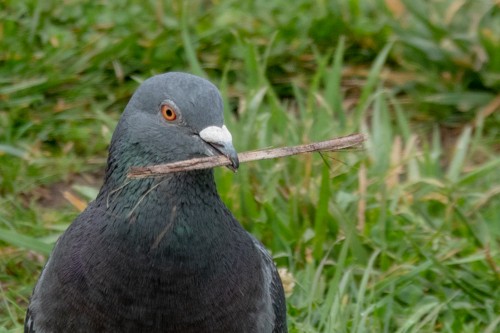
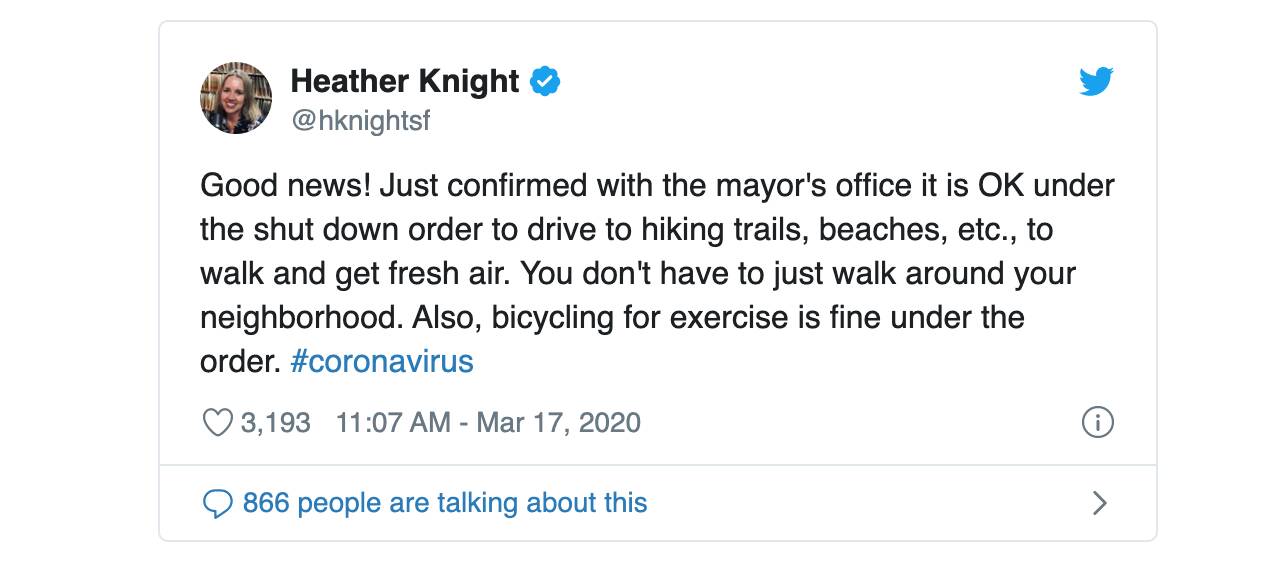
 Brown Creeper in Glen Canyon Park in San Francisco
Brown Creeper in Glen Canyon Park in San Francisco
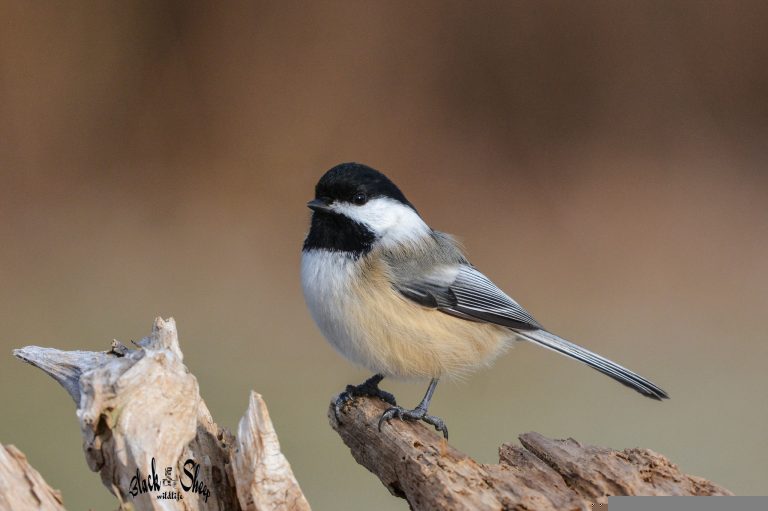
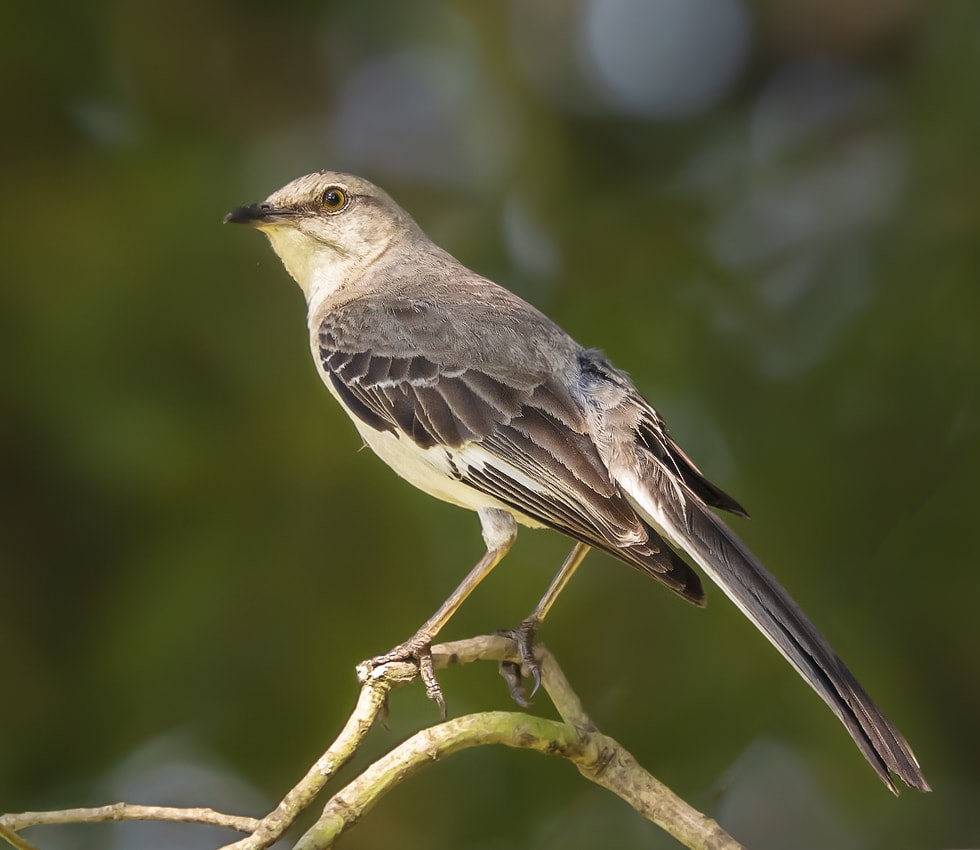 Northern Mockingbird by Gary Marshall
Northern Mockingbird by Gary Marshall
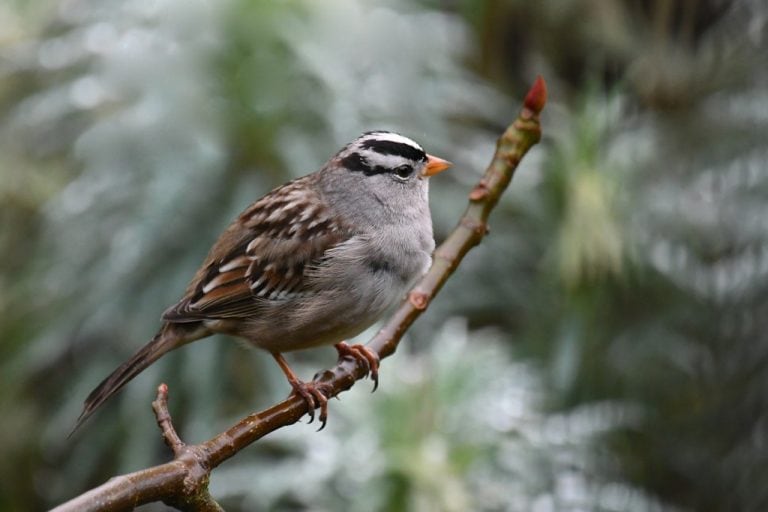
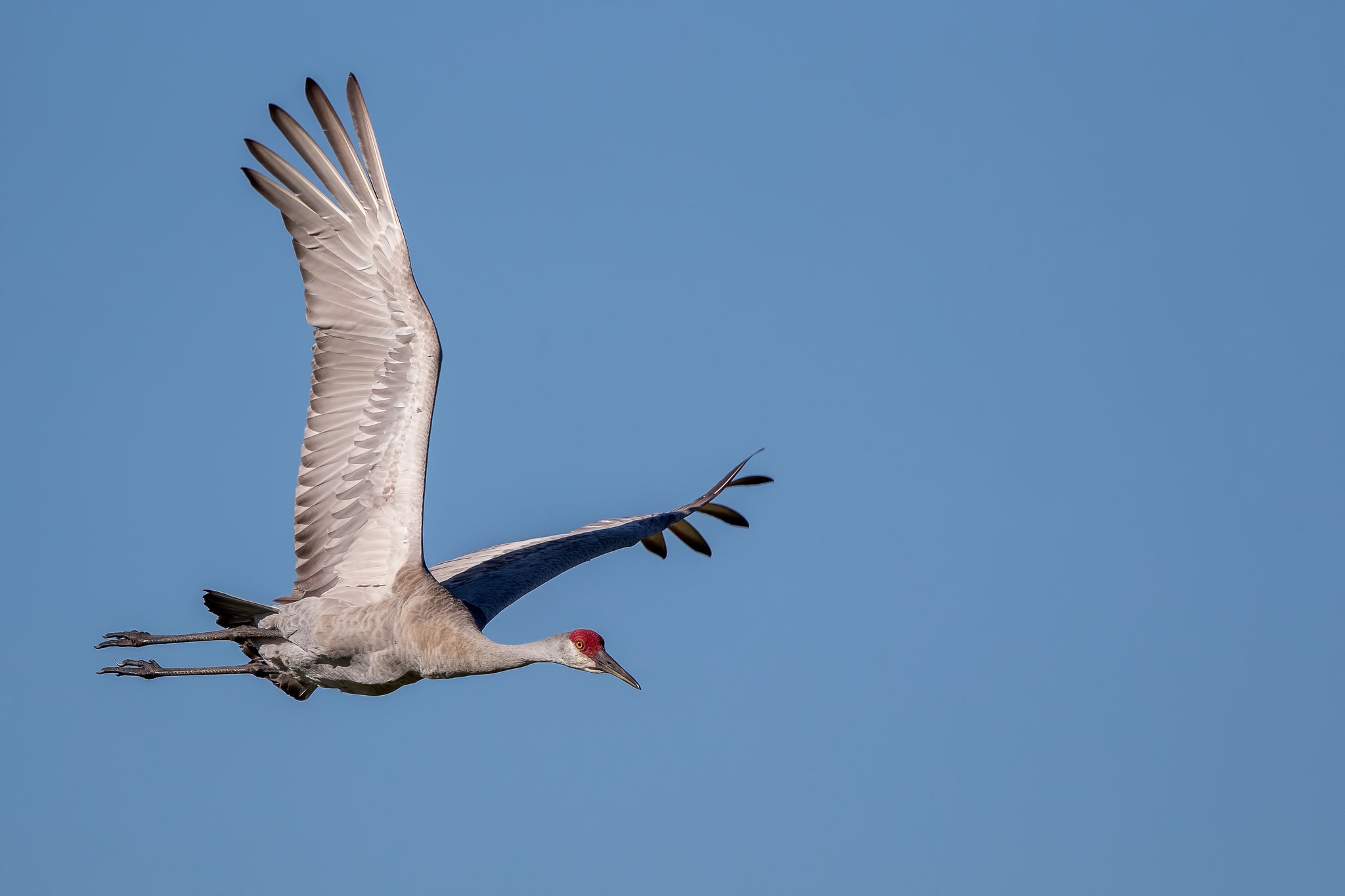 Sandhill Crane in flight by Simon Sobart
Sandhill Crane in flight by Simon Sobart
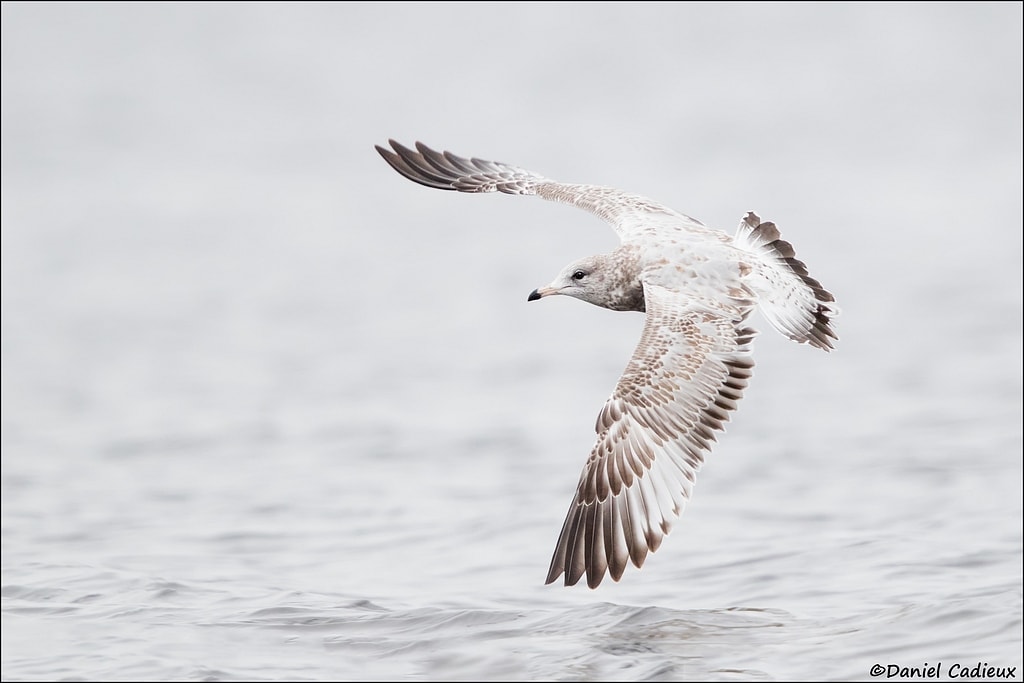 Ring-billed Gull by Daniel Cadieux
Ring-billed Gull by Daniel Cadieux